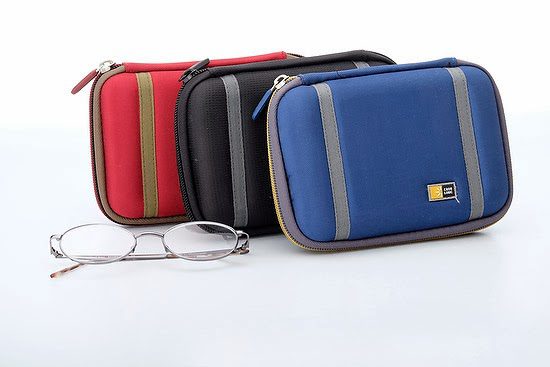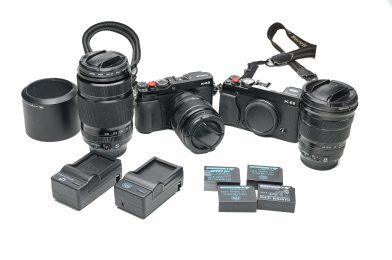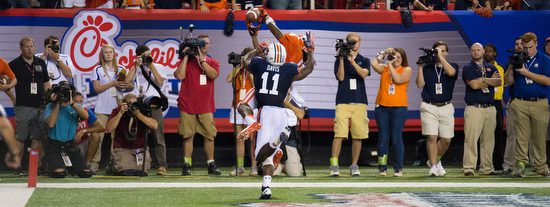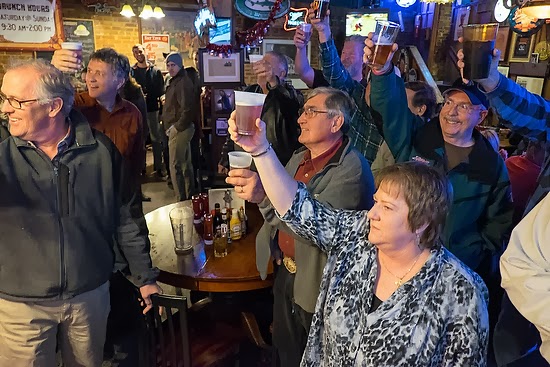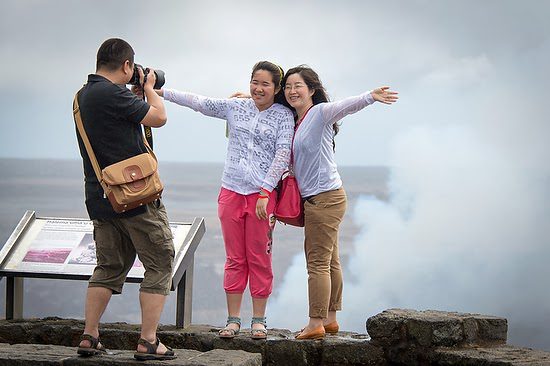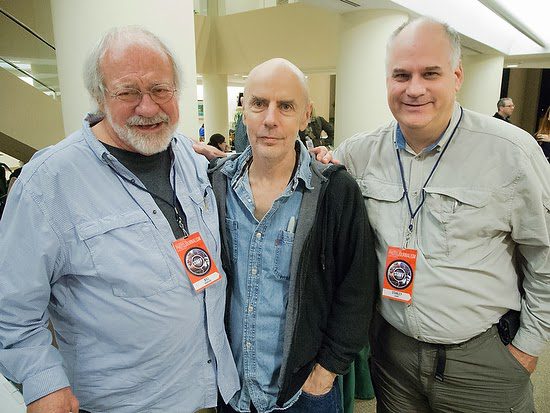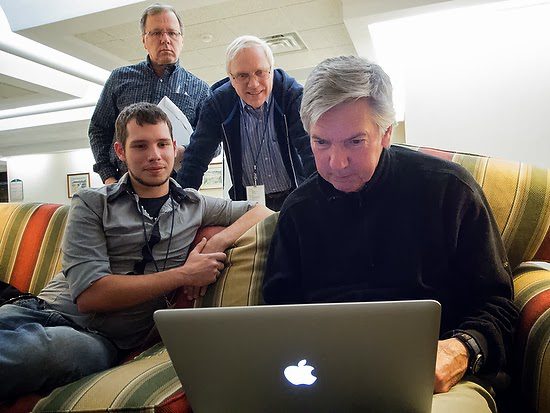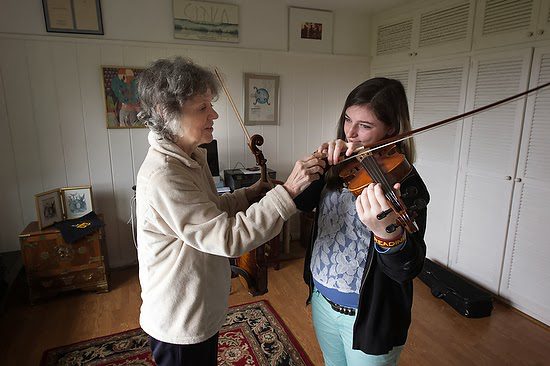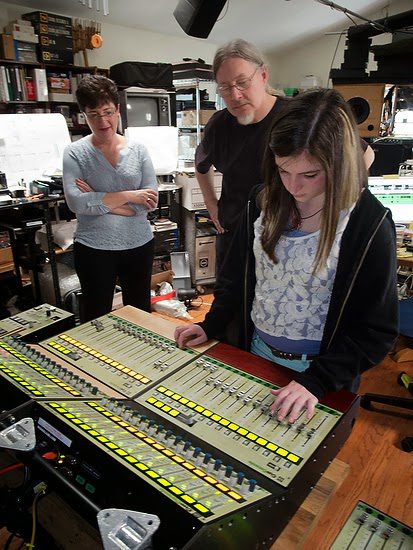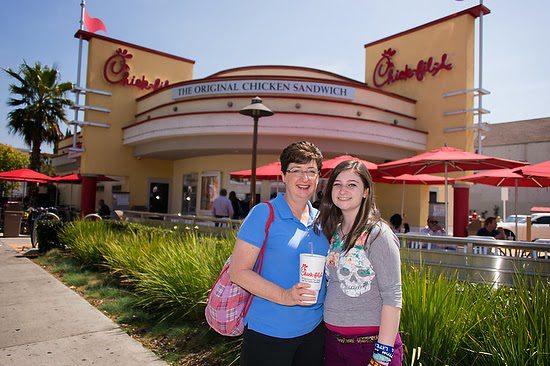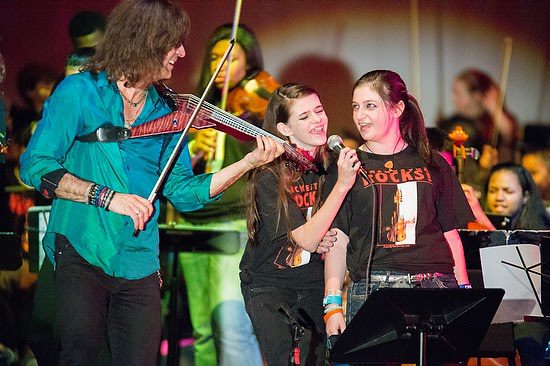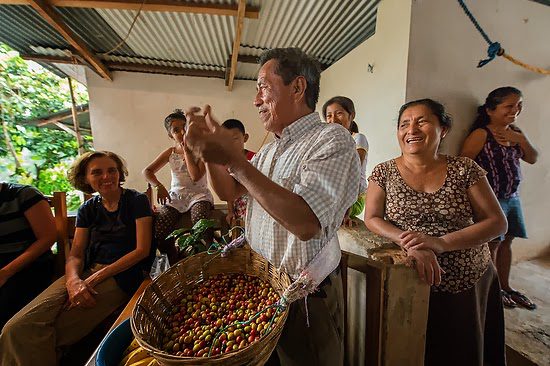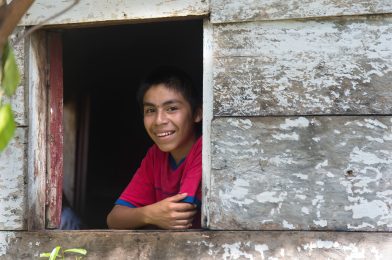A friend wrote me, asking, “Were you ever able to make progress on ideas around working for NGOs?” Here are my comments to help him navigate this from what I have learned.
Today, it is easier than ever to become a photographer and publish. The gatekeepers are no longer in the way for the most part. So you can go and shoot a story and post it today for the world to see.
Today worldwide travel for us is the easiest it has ever been—minus some visa and security issues. So the ability to go and cover the world is somewhat attainable. More accessible travel is why many today have traveled internationally compared to years ago.
What is the one thing stopping then most storytellers? The finance side.
Matthew 6:26 reminds us “Look at the birds of the air; they do not sow or reap or store away in barns, and yet your heavenly Father feeds them. Are you not much more valuable than they? Look at the birds of the air; they do not sow or reap or store away in barns, and yet your heavenly Father feeds them. Are you not much more valuable than they?”
The scripture reference doesn’t mean you sit back; you are just like the birds—The early bird gets the worm.
NGOs
I think I have found that these NGOs tend to be run by people who are now experiencing an all-time high in volunteerism. Volunteers include the “GWC Guy With Camera,” which in a way, makes what we do more difficult to sell to the NGO.
Today we need to create better PR for ourselves and what our work can do for them. We have relied too long on results our results and expected the person to get how this can help them.
You are also competing with untold numbers of great storytellers trying to do the same thing. They are not just GWC but great storytellers. So, how do you stand out and get the attention that can pay the bills?
ROI—Return On Investment
You need to do more than creating a portfolio of your work for an. You need to develop a portfolio of success stories. Stories are different from the portfolio. You illustrate in the report how there is an ROI.
Two essential elements are needed to convince NGOs to spend money when they already get so much for free. First, they need to see numbers and testimonies.
If you can demonstrate how one of your packages helped increase the support for an NGO, then you have their ears. Once you have their ears, you give them the second punch for the knockout—a testimony from that client.
Two ways for you to market
First, if you do an excellent job for a client, others will see it and ask who did their work. Also, often they are so excited they tell your story for you. Clients telling your story is the best way for your marketing to work. The second way is for you to capture this from a client and use this material to market to other NGOs. Maybe this is a brochure with photos, some charts showing giving going up, and then quotes from the clients.
Why do I not see this?
It is being done by many. Most of us stumble into it. We go on some missions trip or go volunteer and create a package for telling the story because we like to do that. Then we share it. A personal project is how Jeremy Cowart jump-started his business. He covered a trip to Africa and put a book together. He shared it, and then Britney Spears people saw it and asked him to work on their next tour.
I think those who can find a great emotional story and invest in doing the story can best show their abilities for Storytelling and capture how this story helped as a change agent [ROI] may launch quickly into more NGO coverages.
I can tell you NGOs may not be the best place to monetize what we do with Storytelling. However, today the trend in marketing is to use Storytelling as the content for marketing. Here are some links about this today:
- Five Storytelling Strategies » Digital Marketing » 435 Digital Internet … Nov 13, 2013 – When it comes to the content on your site – whether it’s a weekly blog or occasionally updating a module on the homepage – it’s never a bad
- How to Use Storytelling as a Marketing Strategy | Wired Advisor Blog Everyone has a story to share. We are shaped by our life experiences, both personal and professional. Sharing stories about our own lives and also the lives
- The story as Strategy, How Social Storytelling Leads to Business | SocialSocial Media Marketing Podcast 69, in this episode, Gary Vaynerchuk Gary shares why Storytelling is essential for your business.
- 5 Secrets to Use Storytelling for Brand Marketing Success – ForbesLearn the five secrets that brand storytellers understand and use, and indirect brand marketing initiatives have become a strategic priority.
- Integrate More Brand Storytelling in Your Content Marketing Strategy Jun 26, 2013 – Discover how your company can easily integrate characters and stories consumers want to share into your content, as well as examples.
























